Paleontology
-
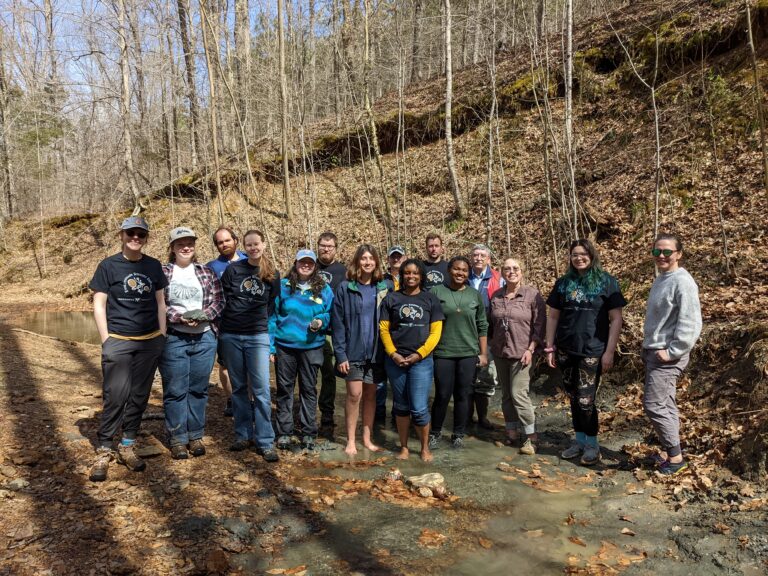
ESI Group Visits Coon Creek Science Center
Members of the Evolutionary Studies Initiative took a field trip to Coon Creek Science Center (CCSC) to dig for fossils. Read MoreMar 28, 2022
-
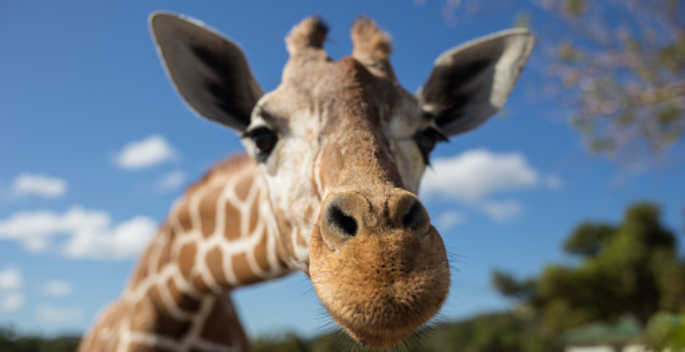
Vanderbilt-led researchers show that generalist species are ‘jack of all trades and masters of all’
Over the past decade, Larisa DeSantis, paleontologist and associate professor of biological sciences, has worked with a team of former Vanderbilt undergraduate and graduate students, postdoctoral scholars and experts from across the globe to show how species can be both generalized at the species level and specialized individually—a probable key to their success. Read MoreFeb 9, 2022
-
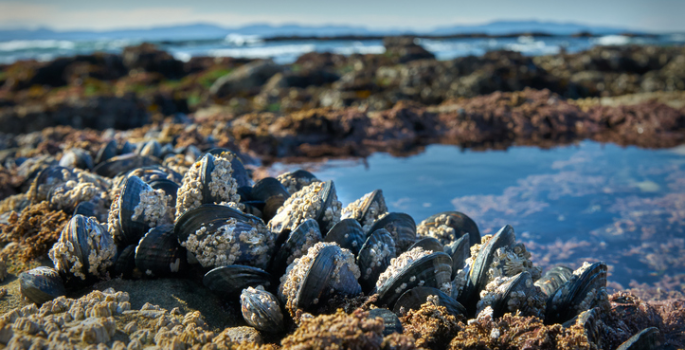
Vanderbilt researchers combine paleontology and fluid physics to uncover Ediacaran nurseries
Looking at prehistoric organisms allows Simon Darroch and his students to describe how, when and why complex life evolved on this planet. Their work is a piece of the puzzle in understanding how likely it is that we’ll find complex life beyond Earth. Read MoreJan 7, 2022
-
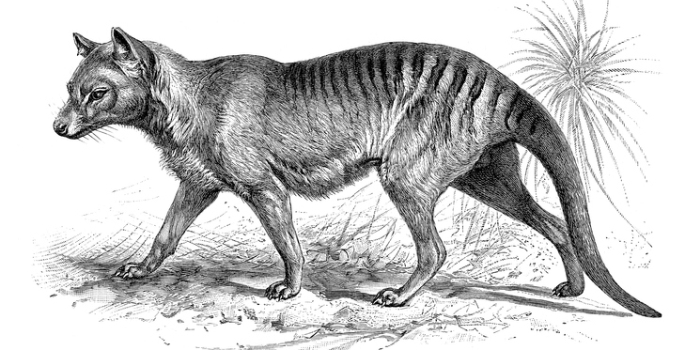
Award-winning paleontologist to discuss how the past can help us conserve our future in virtual event March 24
The Vanderbilt Evolutionary Studies Initiative is hosting a free presentation by prominent paleoconservationist Michael Archer, who will discuss how understanding ancient life can help conservationists save endangered species today. The virtual event will be Wednesday, March 24, at 3:10 p.m. CT. Read MoreMar 22, 2021
-
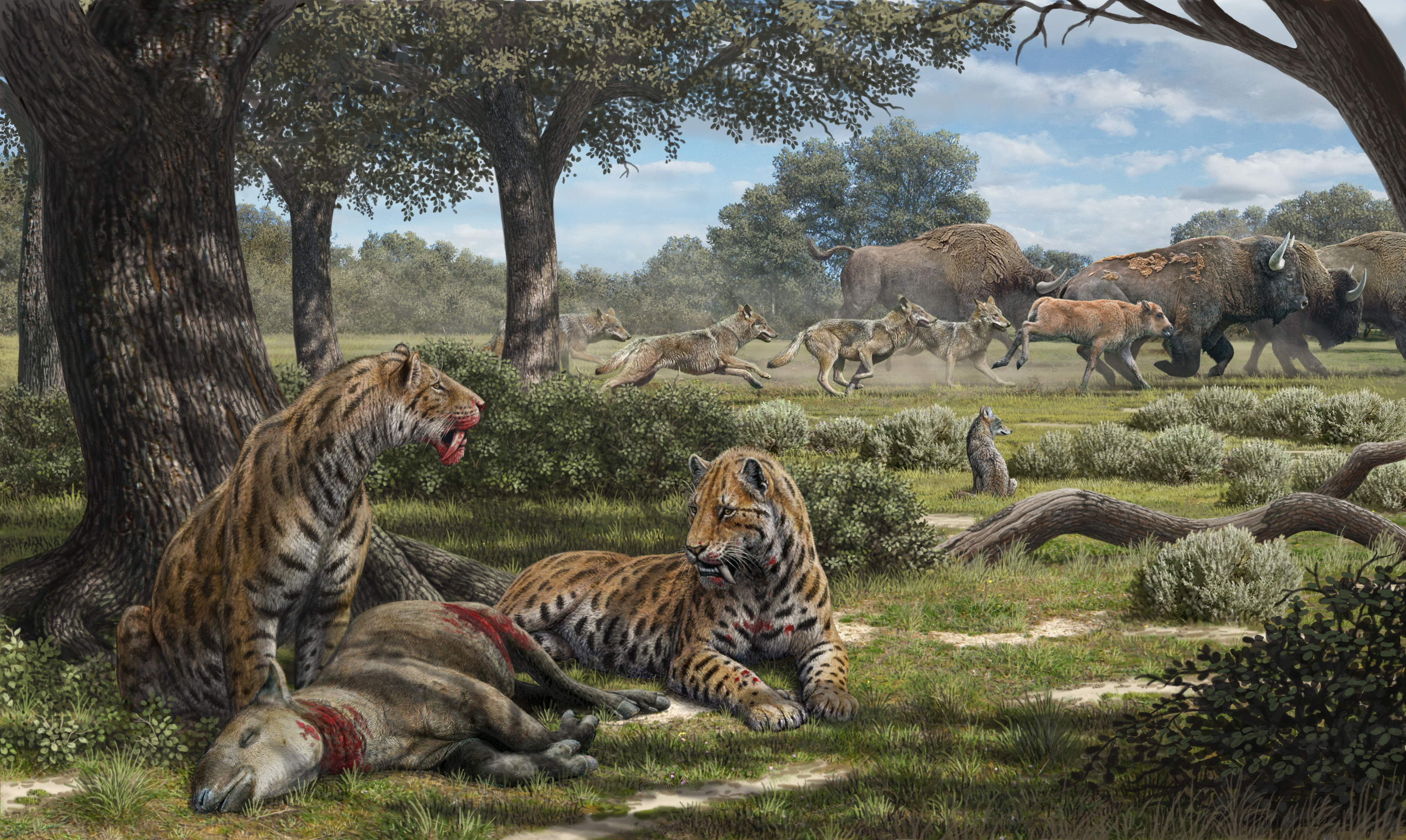
Intense look at La Brea Tar Pits explains why we have coyotes, not saber-toothed cats
The most detailed study to date of ancient predators trapped in the La Brea Tar Pits is helping Americans understand why today we’re dealing with coyotes dumping over garbage cans and not saber-toothed cats ripping our arms off. Read MoreAug 5, 2019
-
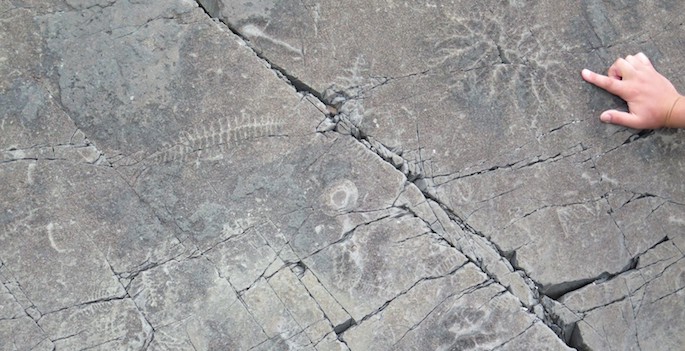
Ediacaran dinner party featured plenty to eat, adequate sanitation, computer model shows
“They are behaving like animals, and that’s a link between them and what we recognize as animals," says paleontologist Simon A.F. Darroch. Read MoreJun 19, 2019
-
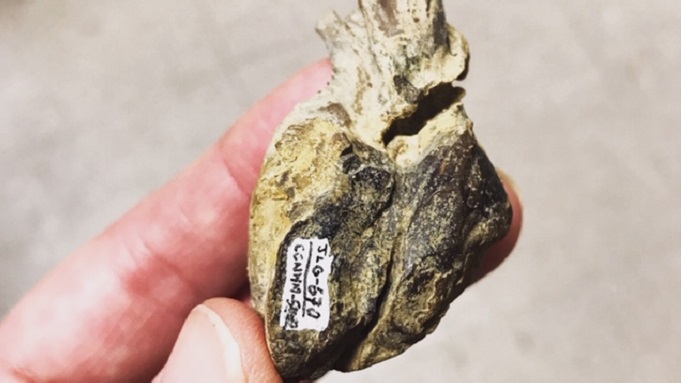
Dolphin ancestor’s hearing was more like hoofed mammals than today’s sea creatures
The team, one of the first in the world to examine the ability’s origins, used a small CT scanner to look inside a 30-million-year-old ear bone fossil from a specimen resembling Olympicetus avitus. Read MoreMay 15, 2019
-

Earth’s oldest animals formed complex ecological communities
Ediacara biota were forming complex communities tens of millions of years before the Cambrian explosion. Read MoreSep 17, 2018
-
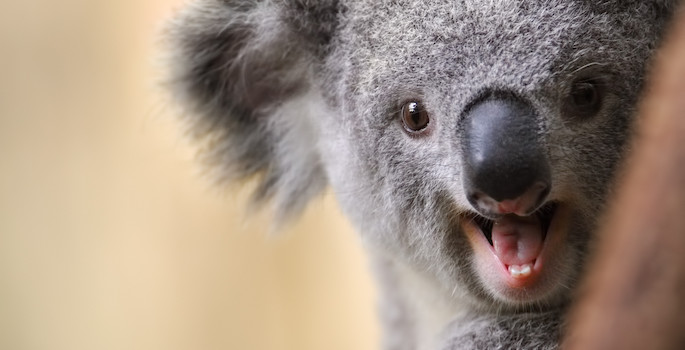
Koala teeth provide insights into diet
Paleontologist Larisa DeSantis' latest research confirms that the shape of tooth wear best indicates the kind of food koalas and kangaroos ate, not whether it was covered in dust and dirt. Read MoreAug 22, 2018
-

Wet and stormy weather lashed California coast…8,200 years ago
A study of stalagmite records from the White Moon Cave in the Santa Cruz Mountains finds the California coast was lashed by exceptionally wet and stormy weather for 150 years...8,200 years ago. Read MoreJun 20, 2017
-
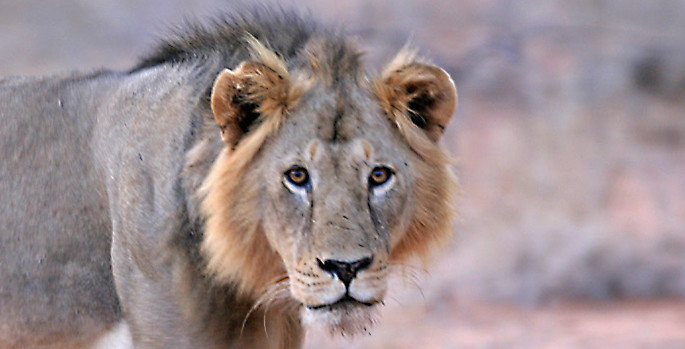
The tale teeth tell about the legendary man-eating lions of Tsavo
Analysis of the microscopic wear on the teeth of three man-eating lions reveals that painful dental disease may have been what drove the cats to hunt humans instead of larger prey. Read MoreApr 19, 2017
-
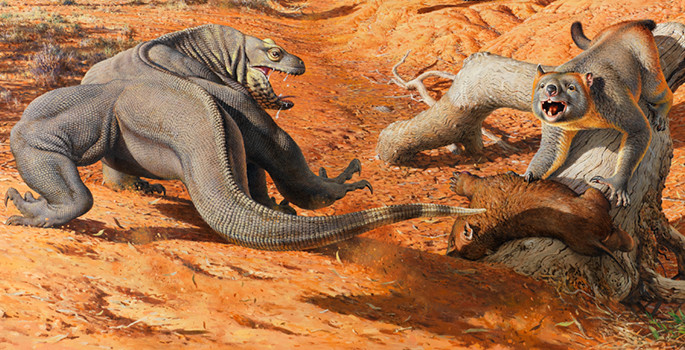
Climate change helped kill off super-sized Ice Age animals in Australia
A new study has compared the diet of a variety of Australian megafaunal herbivores from the period when they were widespread (350,000 to 570,000 years ago) to a period when they were in decline (30,000 to 40,000 years ago) by studying their fossil teeth. The analysis suggests that climate change had a significant impact on their diets and may well have been a primary factor in their extinction. Read MoreJan 26, 2017
-
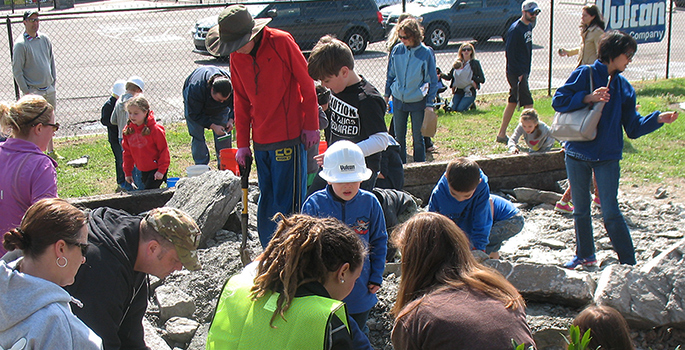
Fossils at the Fort is March 19
Fossils at the Fort is a free annual event providing young and old with an opportunity to journey into Middle Tennessee's astonishing ancient past. Read MoreMar 10, 2016
-
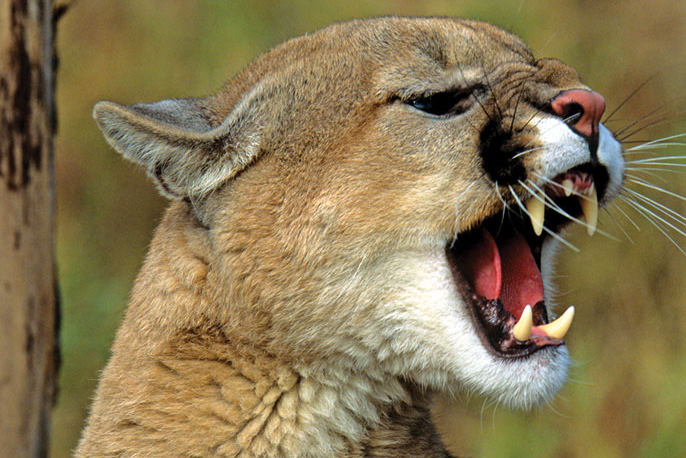
Research Roundup, Summer 2014
Private Property and Government Inaction | Probiotic Could Prevent Obesity | Freedom from Power Cords | Pickiness Doesn’t Always Pay Read MoreSep 26, 2014
-
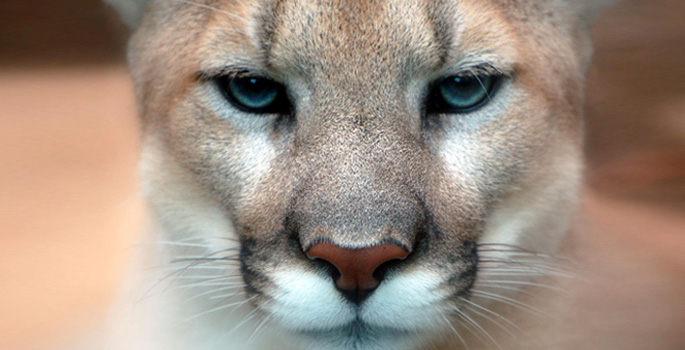
Cougars’ diverse diet helped them survive the mass extinction that wiped out the saber-tooth cat, American lion
Cougars may have survived a mass extinction that took place about 12,000 years ago because they were not particular about what they ate. Read MoreApr 22, 2014
-
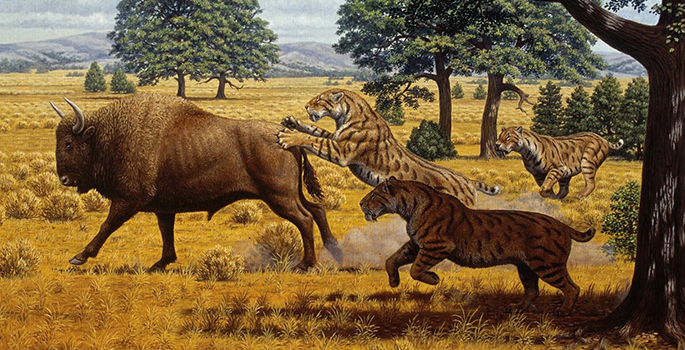
Evidence shows starvation did not cause saber-tooth cat extinction
The latest study of the microscopic wear patterns on the teeth of the American lions and saber-toothed cats that roamed North America in the late Pleistocene found that they were living well off the fat of the land in the period just before they went extinct. Read MoreDec 26, 2012